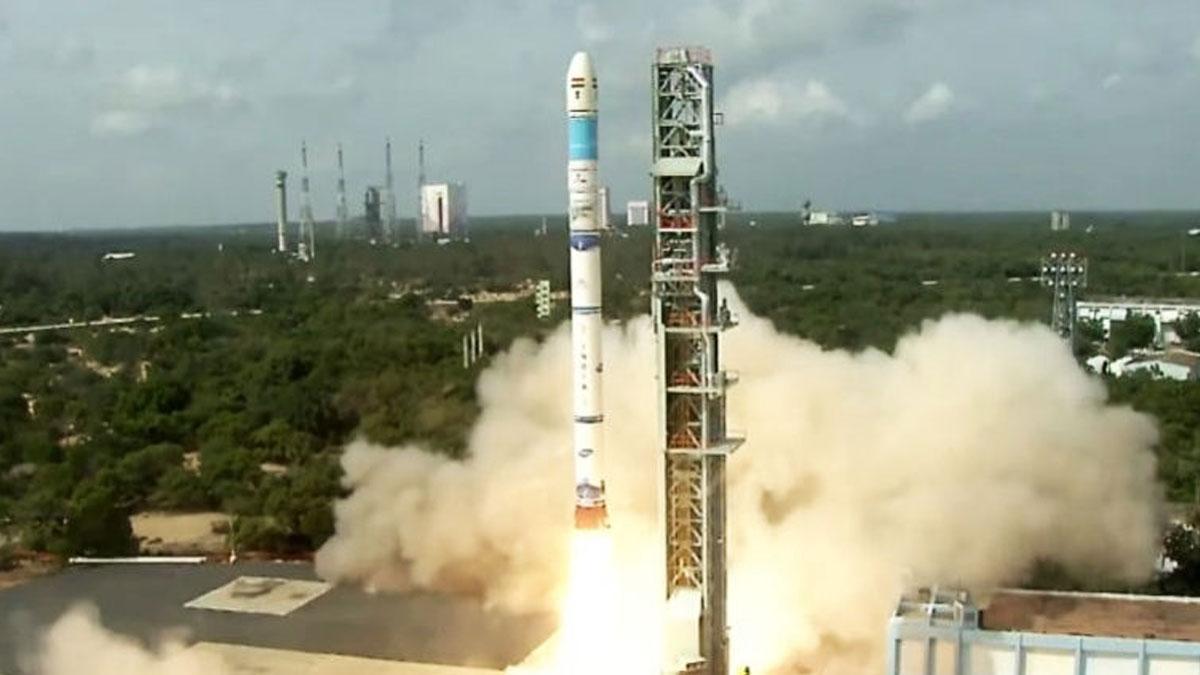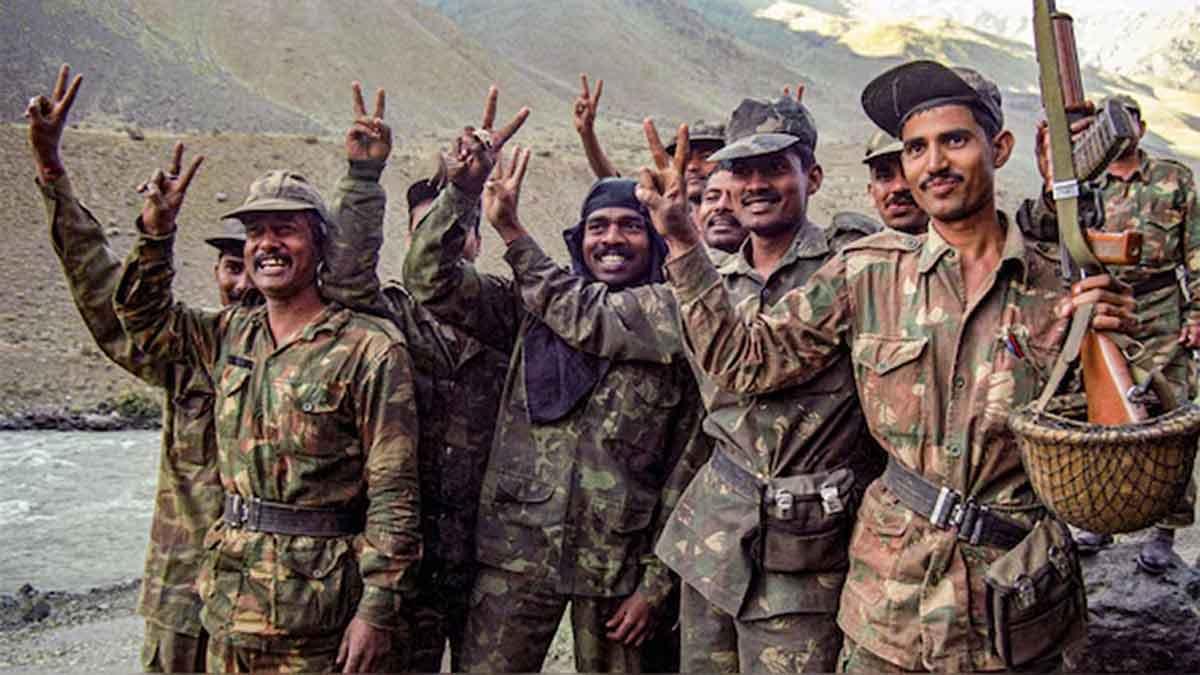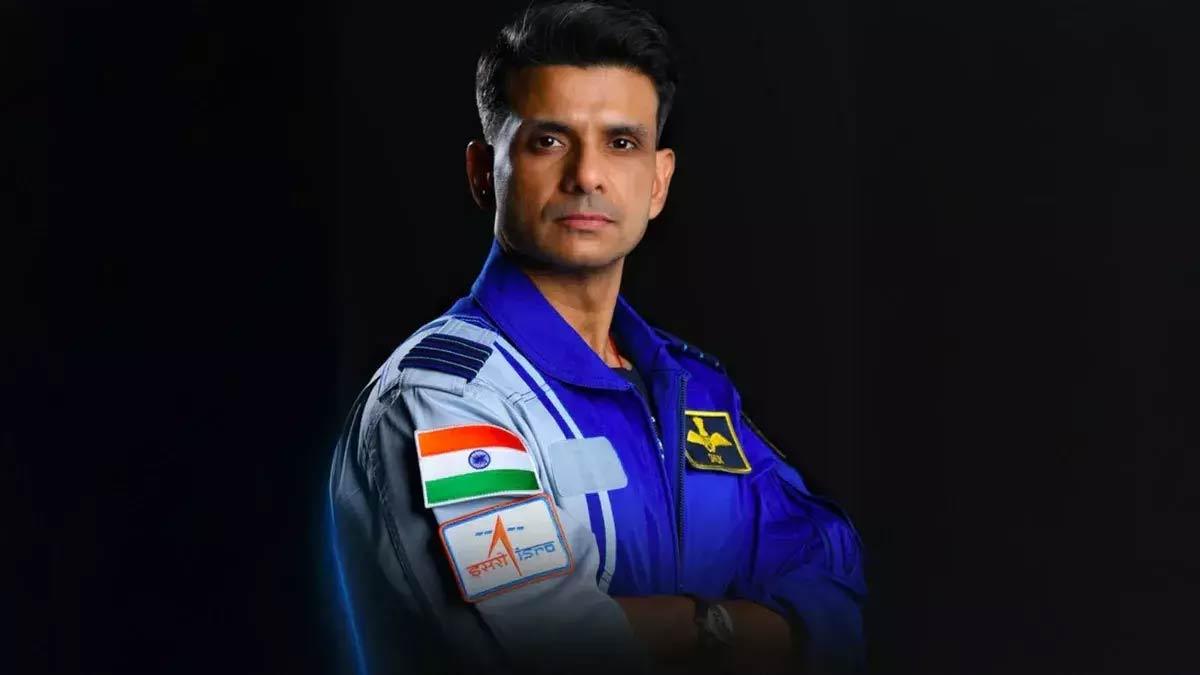India launched two satellites on Friday using its new Small Satellite Launch Vehicle (SSLV). On its third and final developmental flight, SSLV-D3 co-passed the 175.5 kg earth observation satellite EOS-08, besides another satellite SR-0 of Chennai-based start-up Space Rickshaw, in orbit.
The success of the mission was announced by ISRO Chairman Dr. S. Somanath: "The third development flight of SSLV has successfully been accomplished. We can declare that the process of SSLV development has been completed. We are in the process of transferring the SSLV technology to the industries." He said that the satellites had been precisely put in their intended orbits with no deviations, and EOS-08's solar panels had been deployed.
Speaking on the occasion, Mission Director S.S. Vinod highlighted the importance of the mission, while Satellite Director M. Avinash brought out the uniqueness of EOS-08, which comprises 20 new technologies and three new payloads.
Keeping in view the market trend of launching small satellites, ISRO developed the SSLV capable of carrying 500 kg payload to LEO. The 34-metre-tall rocket with a mass of 119 tons cost about Rs 56 crore. It took off at 9.17 a.m. and climbed gradually gathering velocity as it went up.
It would be completing the SSLV Development Project and leading up to operational missions by Indian industry and public sector NewSpace India Ltd, ISRO said. At a height of 475 km, 13 minutes into the flight, the SSLV rocket deployed EOS-08, followed by the separation of SR-0 satellite three minutes later.
For Space Rickshaw, this would have been the first satellite for the start-up; six more are said to be commercialised in manufacture, according to Srimathy Kesan, cofounder of Space Rickshaw and founder and CEO of Space Kidz India.
The primary objectives of the EOS-08 mission concern the design, development of a microsatellite, and its compatible payload instruments; besides, it incorporates new technologies developed for future satellites. Driven by the need for Microsat/IMS-1 bus, EOS-08 shall feature three payloads: Electro Optical Infrared Payload, GNSS-Reflectometry payload, and SiC UV Dosimeter.
EOIR Payload: Imaging in the Mid-Wave IR and Long-Wave IR bands, it finds applications in satellite-based surveillance, disaster and environmental monitoring, and industrial disaster observation. GNSS-R Payload: The GNSS-R payload demonstrates GNSS-R remote sensing in a number of applications like ocean surface wind, soil moisture, and flood detection. SiC UV Dosimeter monitors UV irradiance and will act as a gamma radiation sensor for the Gaganyaan Mission.
The ISRO asserts EOS-08 to be a giant leap towards satellite mainframe systems as it has integrated a number of functions into a single unit and introduced miniaturization in design in its Antenna Pointing Mechanisms, achieving quite a high rotational speed of six degrees per second with an accuracy of ±1 degree.
With SSLV coming into its rocket portfolio, ISRO now has three types of rockets in operation: the Polar Satellite Launch Vehicle, the Geosynchronous Satellite Launch Vehicle, and the SSLV, whose development cost at approximately Rs 56 crore per rocket may reduce in production.
The SSLV is an integrally three-staged solid-fuel-powered rocket, with the main solid fuel being 99.2 tons and an additional velocity trimming module of 0.05 tons of liquid fuel for precise satellite injection.
The first mission of SSLV, SSLV-D1, carried out on August 7, 2022, was unsuccessful in placing two satellites—EOS-01 and AZAADISAT—into the wrong orbit. ISRO blamed the failure on malfunctioning sensors during the separation of the rocket's second stage, whereby satellites lack the required velocity to stay in a stable orbit.
The next developmental flight, SSLV-D2, on February 10, 2023, successfully put the EOS-07 satellite, weighing 156.3 kg, into orbit along with two smaller satellites: the 10.2 kg Janus-1 of ANTARIS, US, and the 8.7 kg AzaadiSat-2 of Space Kidz India, Chennai.
Read also | Delhi Airport's New Expanded Terminal 1 Set to Open on August 17
Read also |Allahabad HC Upholds Religious Freedom, Denies Bail in Conversion Case


















